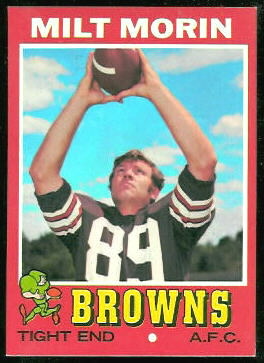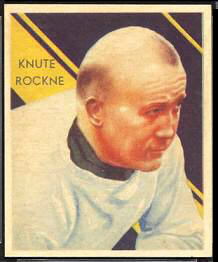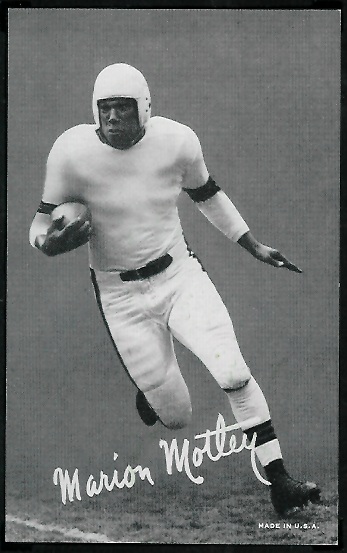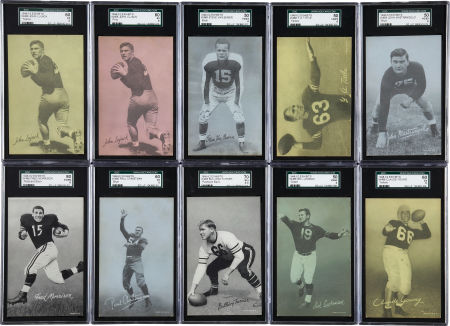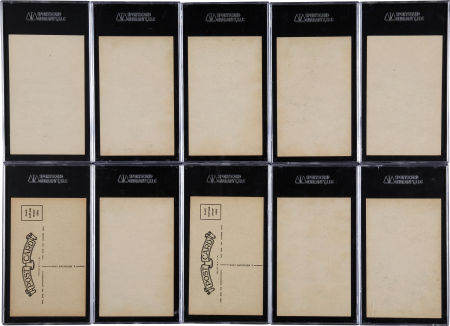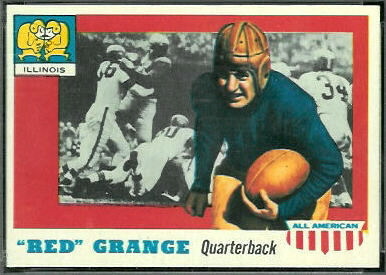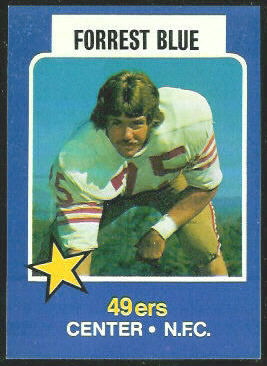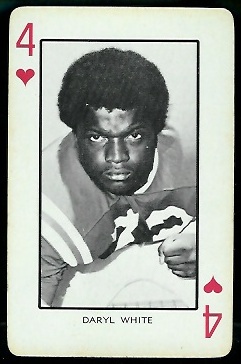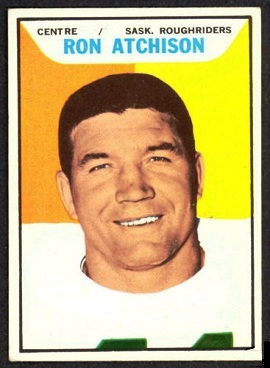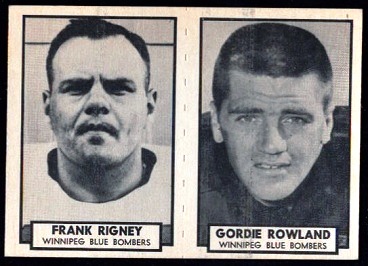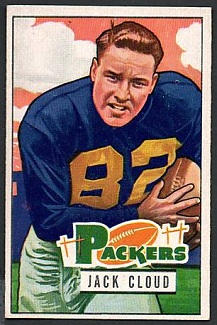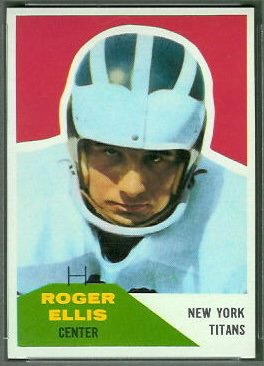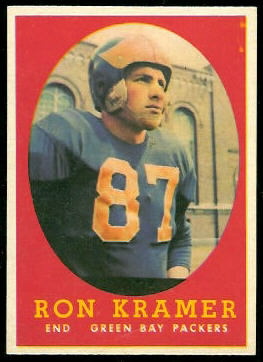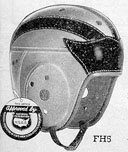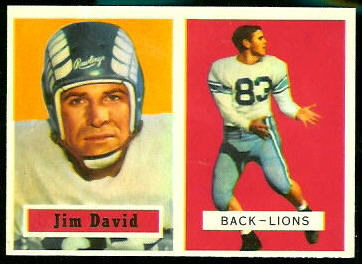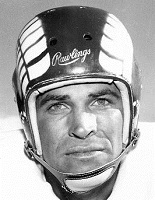The College Football Hall of Fame Divisional Class of 2010
July 12th, 2010 | Published in Halls of Fame | 1 Comment
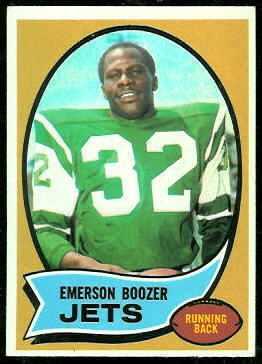 In my previous post, I mentioned that Milt Morin will be enshrined in the College Football Hall of Fame on July 17. Five other players and coaches from the 2010 Divisional Class will be enshrined, as well. (They will join eighteen players and coaches from the 2009 Bowl Subdivision–formerly Division 1-A–Class.) Here are all six 2010 Divisional Class inductees, along with what I know about their cards.
In my previous post, I mentioned that Milt Morin will be enshrined in the College Football Hall of Fame on July 17. Five other players and coaches from the 2010 Divisional Class will be enshrined, as well. (They will join eighteen players and coaches from the 2009 Bowl Subdivision–formerly Division 1-A–Class.) Here are all six 2010 Divisional Class inductees, along with what I know about their cards.
- Emerson Boozer – Boozer appeared on Topps cards from 1970-1975, and on a 1972 Sunoco Stamp. You can see all of them in the Vintage Football Card Gallery. His 1970 Topps card is shown here.
- Troy Brown – Brown is the youngest of the class of 2010, and he appeared on a boatload of modern New England Patriots cards. You can see lots of them on eBay.
- Willie Jeffries – Jeffries coached at three schools, and as far as I know, he did not appear on a card. There aren’t many cards of college coaches, unfortunately.
- Brian Kelley – Kelley’s first card is a 1976 Topps, which I don’t yet have in the Vintage Football Card Gallery. He appeared on numerous Topps cards between 1976 and 1984, and you can find most or all of them on eBay.
- Ted Kessinger – Kessinger was also a coach, and I don’t believe he appeared on any cards.
- Milt Morin – Morin appeared on several early 1970s cards. You can see all of them in the Vintage Football Card Gallery.
See the College Football Hall of Fame web site for bios of all of the 2010 Divisional Class inductees.
